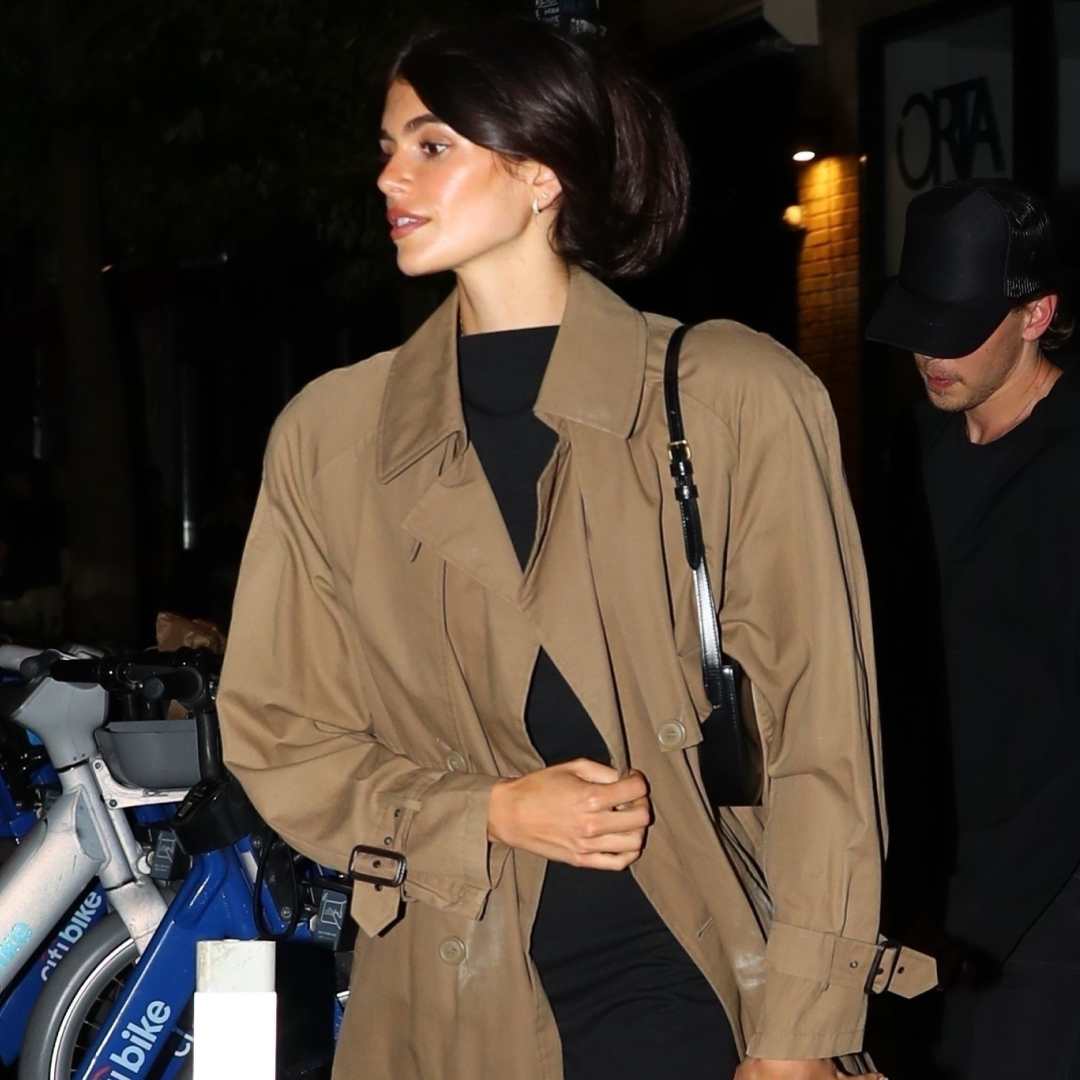My Semana Santa in Seville
Amanda Hearst witnesses the elaborate religious processions of Holy Week while visiting Seville, Spain.
For anyone who knows me, it is no secret how fond I am of Spain. So, this year I jumped at the opportunity to spend Holy Week in the southern Spanish city of Seville. I had been there once before, in 2008 when I spent three months traveling Spain after graduating college. I remember going at the beginning of June and just thinking how hot it was! They literally had curtains hanging from one rooftop to the next to shade people from the sun. Despite the heat (which, by the way, I learned: DON'T EVER GO TO SEVILLE IN THE SUMMER!), the city was one of my favorites. The Moorish-influenced architecture is stunning and as you walk down the narrow cobble-stoned streets, you find countless churches and La Catedral de Santa Marida de la Sede, the largest Gothic cathedral in the world. In fact, the Catholic religion is an integral part of the city's life, and this fact is no more evident than during the Holy Week leading up to Easter Sunday.
I honestly didn't know what to expect before going. I had heard talk of processions and brotherhoods yet there seemed to be no comparison anyone could draw to make me envision what I was getting myself into. So I went, somewhat blindly, imagining the exaggerated parades of Manhattan with crowds cheering and children crying to get home. Of course, the reality could not have been any more different.
Basically, one starts each day by visiting the pasos that are going to participate in the day's procession. The pasos are scenes from the Passion, and each church has its own pasos, usually two: one of Christ on the cross and one of the Virgin Mary. The pasos are incredibly ornate, made of lush fabrics and silver-plated wood, and some of them date back to the 16th century!
After visiting the churches, people generally set up to see the processions, so in my case, I went to a friend's balcony to view them from above.
The first procession I saw opened with a cross and then the nazarenos, members of the brotherhood, followed wearing their distinctive capirotes — pointed hats and habit distinctive to their confraternity. Then, little altar boys came out carrying candles and incense, leading the way for the first paso. After this paso, there was a band of musicians, followed by the Virgin Mary paso, and then the procession closed with the penitentes, other members of the brotherhood who were carrying wooden crosses and looking down.
All in all, this procession lasted about seven hours although some can last up to 14! Naturally, I only saw one part but it was an utterly captivating experience. The streets were filled with people, many of whom where crying, and when the paso passed by, people were reaching out to touch it. There was a strong sense of incense that permeated the tiny streets along with the solemn music accompanying the parade.
At night, the pasos became even more alive, as the candles illuminated the figures and faces of the Passion figures. While at first I was a bit nervous, I ended up on the street walking along with the procession as most people choose to do. I thought that it would be chaotic, but everyone was calm and respectful, clearly all there to participate in this spiritual journey.
Stay In The Know
Get exclusive access to fashion and beauty trends, hot-off-the-press celebrity news, and more.
The energy was so strong that I couldn't help but me moved. It was beautiful and awe-inspiring, like nothing I have ever seen before. And the fact that this tradition has been going on for centuries brought even more weight to the experience: I was participating in something historic. It is a once-in-a-lifetime experience that happens every year in Seville, and I am so happy that I was able to live it.
-
 Let's Go, PPG, Fans! A New Peacock Series Starring the 'Love Island USA' Season 6 Cast Is Coming Soon
Let's Go, PPG, Fans! A New Peacock Series Starring the 'Love Island USA' Season 6 Cast Is Coming SoonWe're already clearing our summer schedules for 'Love Island: Beyond the Villa.'
By Quinci LeGardye
-
 Why Princess Diana Didn't Move to America
Why Princess Diana Didn't Move to AmericaThe late royal's friend opened up about the princess's American dream.
By Kristin Contino
-
 Anne Hathaway Doubles Down on Luxury's Favorite Neutral
Anne Hathaway Doubles Down on Luxury's Favorite NeutralShe painted herself in the timeless hue.
By Kelsey Stiegman
-
 Chase Sui Wonders Finds '90s Nostalgia in a Rare Spring '97 Prada Dress
Chase Sui Wonders Finds '90s Nostalgia in a Rare Spring '97 Prada DressShe referenced Gwyneth Paltrow’s '90s-era style with an archival Prada print once worn by the star.
By Lauren Tappan
-
 Olivia Rodrigo's 2024 VMAs Look Was Virtually Nonexistent — Because She Wasn't There
Olivia Rodrigo's 2024 VMAs Look Was Virtually Nonexistent — Because She Wasn't There...because she wasn't there.
By Kelsey Stiegman
-
 Katie Holmes Wears a Comfy Jumpsuit and Easy Flats on an NYC Night Out
Katie Holmes Wears a Comfy Jumpsuit and Easy Flats on an NYC Night OutHer street style is one of one—literally.
By India Roby
-
 Kaia Gerber Cracked the Rich-Looking Outfit Code With Easy Fall Basics
Kaia Gerber Cracked the Rich-Looking Outfit Code With Easy Fall BasicsThe model stepped out in a timeless (and easy-to-copy) quiet luxury look.
By Julia Gray
-
 Away and La Ligne's Collaboration Will Make You the Best-Dressed Traveler at the Airport
Away and La Ligne's Collaboration Will Make You the Best-Dressed Traveler at the AirportIt's filled with dreamy twists on transit staples.
By Julia Marzovilla
-
 Emily Ratajkowsi Masters the Sophisticated Skin Reveal in a Plunging Dress and Peep-Toe Boots
Emily Ratajkowsi Masters the Sophisticated Skin Reveal in a Plunging Dress and Peep-Toe BootsEver the style risk taker, EmRata wore a plunging dress that's one of her most daring looks to date.
By Melony Forcier
-
 The Controversial 2000s Fashion Trends Are Making a Comeback 25 Years Later
The Controversial 2000s Fashion Trends Are Making a Comeback 25 Years LaterTwo and a half decades later, 2025 is picking up where the aughts left off.
By Emma Childs
-
 '90s Fashion in Photos: The Most Polarizing and Unforgettable Outfits of the Decade
'90s Fashion in Photos: The Most Polarizing and Unforgettable Outfits of the DecadeYou'll laugh, you'll cry, you'll reach for your acid-wash jeans.
By The Editors